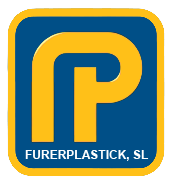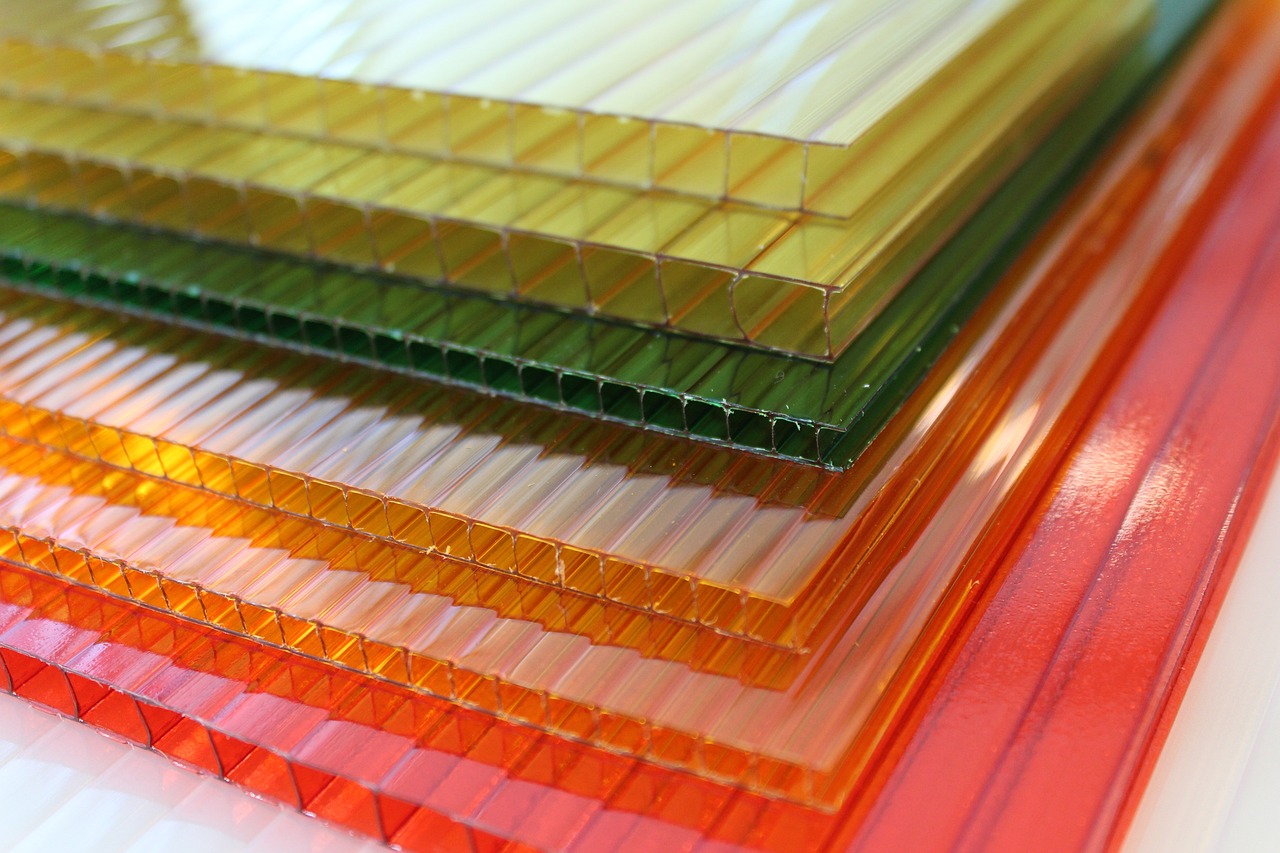Polycarbonate is a highly versatile material used in various applications due to its strength, lightness and transparency
Polycarbonate is a high-performance, amorphous, transparent thermoplastic polymer. It is a polymeric material derived from carbonic acid and is obtained through the polymerization of bisphenol A (BPA) and phosgene.
It was first patented in 1953 by Hermann Schnell at Bayer under the name Melron (later changed to Makloron). Today, polycarbonate is manufactured by injection molding or extrusion. However, BPA is sometimes replaced by other diols to improve or alter its physical properties.
It is a highly versatile material used in various applications due to its strength, lightness and transparency. In the construction sector, polycarbonate stands out as a highly used material.
Types of polycarbonate
-
Compact or solid polycarbonate
It is characterized by being a solid and transparent material, similar to glass. Although often compared to glass, compact polycarbonate sheets are 250 times stronger than glass and 30 times stronger than pure acrylic, making it an optimal alternative to glass or crystal.
It is easy to cut and cold work, which makes it easy to install and adapt to different shapes and designs.
Applications
It is commonly used in the development of roofs and walls in commercial and residential buildings, as well as in the manufacture of display cases, signage, street furniture, among others.
-
Cellular (or Alveolar) Polycarbonate
It has an internal structure of cells or alveoli that improves its thermal and acoustic insulation. These cavities, which act as air chambers, provide greater structural capacity and great lightness.
Cellular polycarbonate is highly resistant to high loads of wind, rain or hail. This material also allows the passage of natural light without distortion, which is why it has become an option for transparent roofs.
Applications
It is used in industrial lighting applications, light diffusers, and signage. Also in the development of covers, walls and domes for installations of all kinds.
-
Corrugated polycarbonate
It has a corrugated or corrugated structure, similar to that of corrugated metal sheets. This shape gives it a series of specific properties that make it useful in various applications.
Applications
This material is mainly used in the construction sector, thanks to its attractive finish, high strength and rigidity, which make it suitable for the manufacture of sheets and roofs for terraces, porches, sheds, greenhouses and more.
Advantages of polycarbonates
Polycarbonate has a long list of benefits, making it ideal for various purposes. Here are just some of its advantages:
- High optical clarity: Polycarbonate is exceptionally clear and, as a result, can be mistaken for glass.
- Thermal insulation: Polycarbonate traps heat up to 60 percent better than glass. For this reason, polycarbonate is often used in greenhouses or energy-efficient buildings.
- It’s easy to install: Being a durable and lightweight plastic, polycarbonate is easy to install, especially with the help of a frame or support structure.
- Versatility: Polycarbonate can be molded into a wide variety of shapes, including sheets, panels, rods, tubes, and more.
- Sustainability: As a thermoplastic, polycarbonate can be easily recycled by heating the plastic until it becomes liquid and then molding it into a new shape.
Beyond Construction
Polycarbonates have a prominent use in the construction industry, but their application extends to many other industries. This material is used to create lenses for glasses, protective equipment including bullet-resistant glass, medical equipment, and greenhouse panels.
It can also be used for glazing applications, creating products such as CDs, DVDs, and Blu-ray discs, as well as outdoor lighting fixtures and much more.

